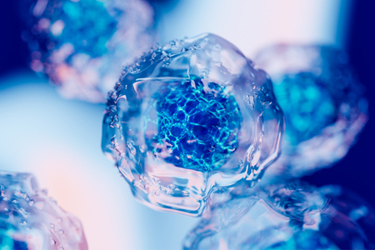Optimizing Washing Efficiency In Cell Washing And Media Exchange For Cell Therapy Manufacturing

Several methods are commonly used to wash cells at the laboratory scale, and those methods are required to meet specific performance requirements, including processing capacity, time, aseptic (closed system) operation, scalability through the therapeutic development process, maintenance of cell viability, and prevention of the loss of cells into waste streams. Cell therapy manufacturers are currently facing several challenges that come with operating in a fast growing, yet highly competitive industry. Some of these obstacles include high product costs, inadequate reimbursement, and slow market acceptance. In order to grow and improve, manufacturers should consider the implementation of closed systems alongside efficient and automated processes to translate their discoveries into approved and sustainable therapies.
Review data that demonstrates the performance of a single-use centrifuge (CARR Biosystems' UniFuge® family) in cell washing. Specifically, the key performance indicators of cell viability and washing efficiency are presented when washing cells with common washing solutions used in the manufacturing of cell therapies.
Get unlimited access to:
Enter your credentials below to log in. Not yet a member of Bioprocess Online? Subscribe today.
